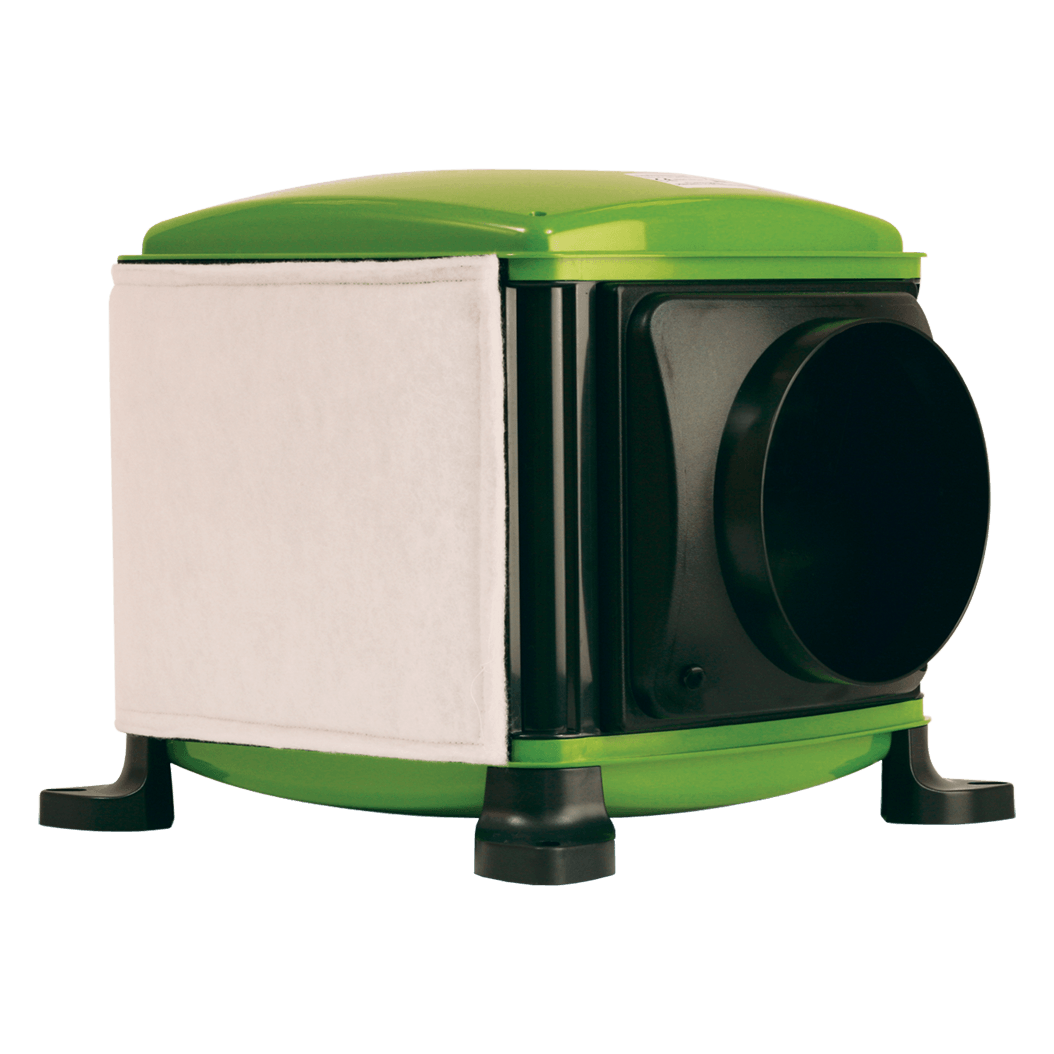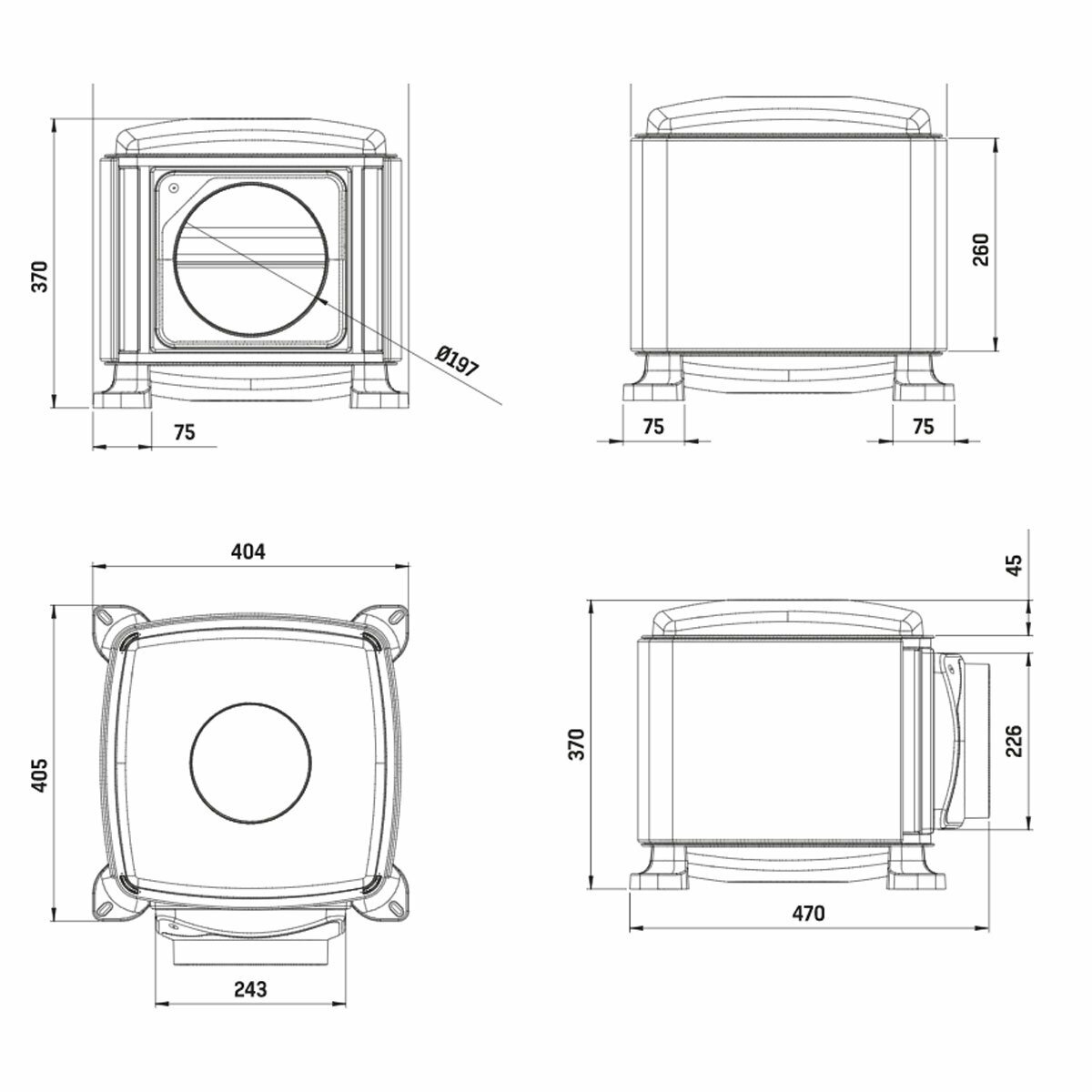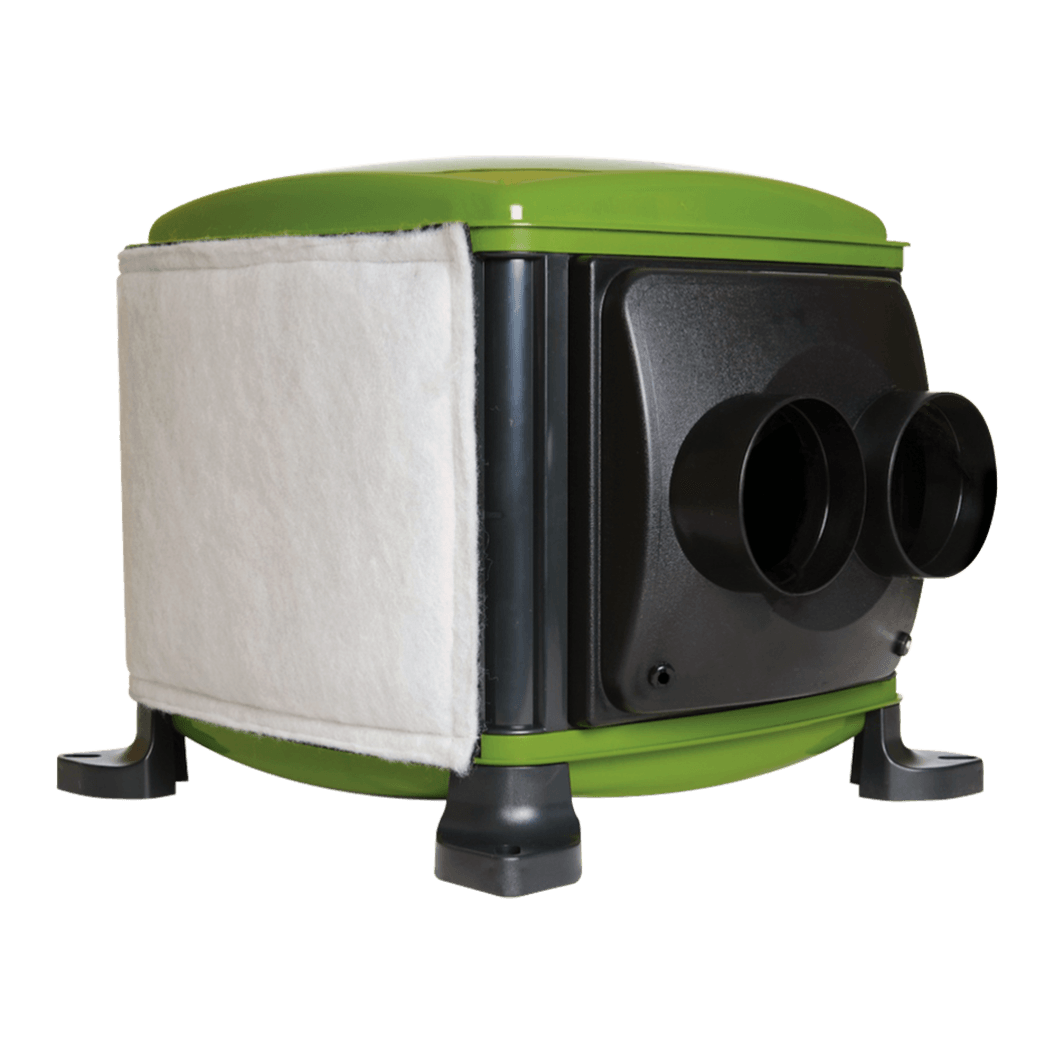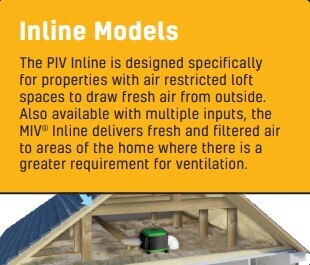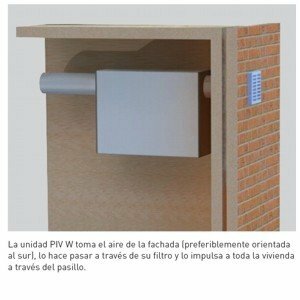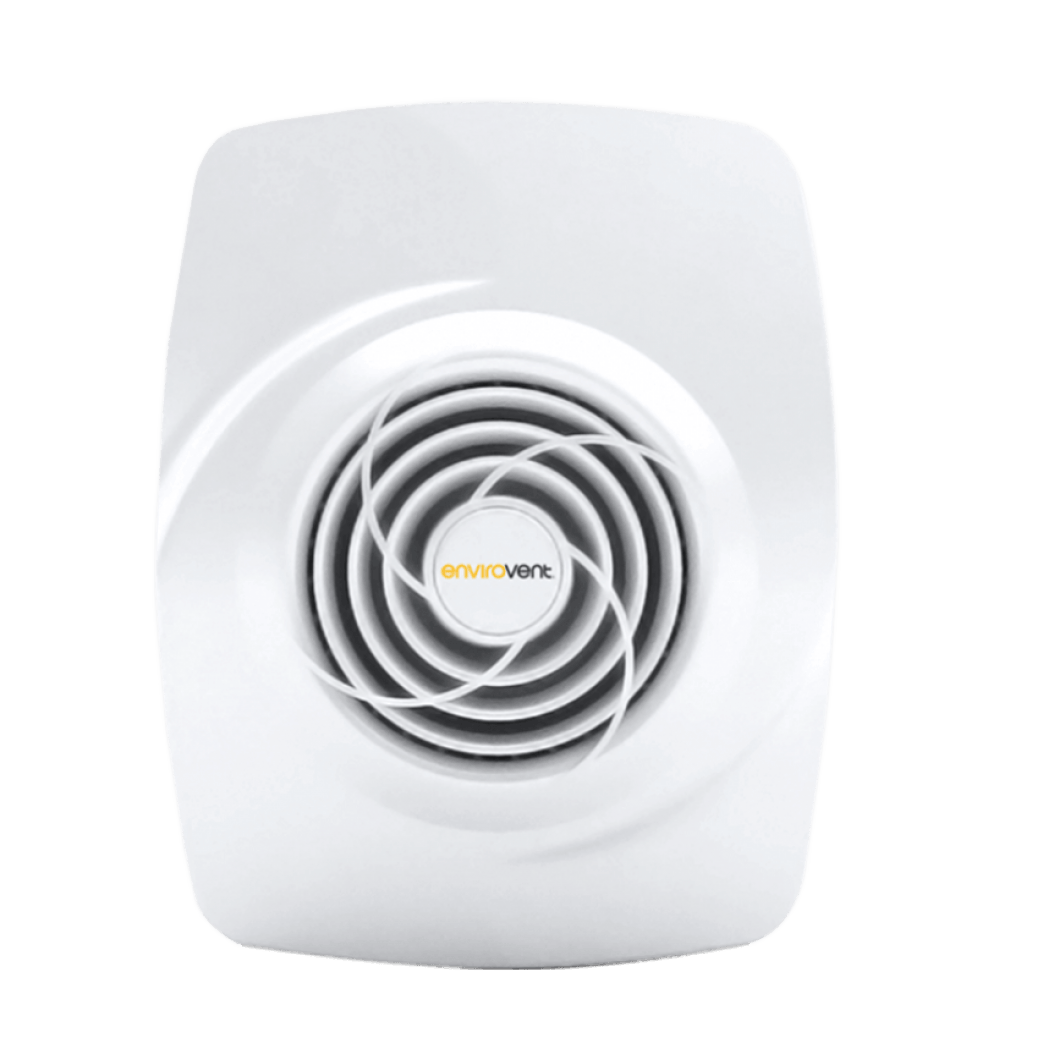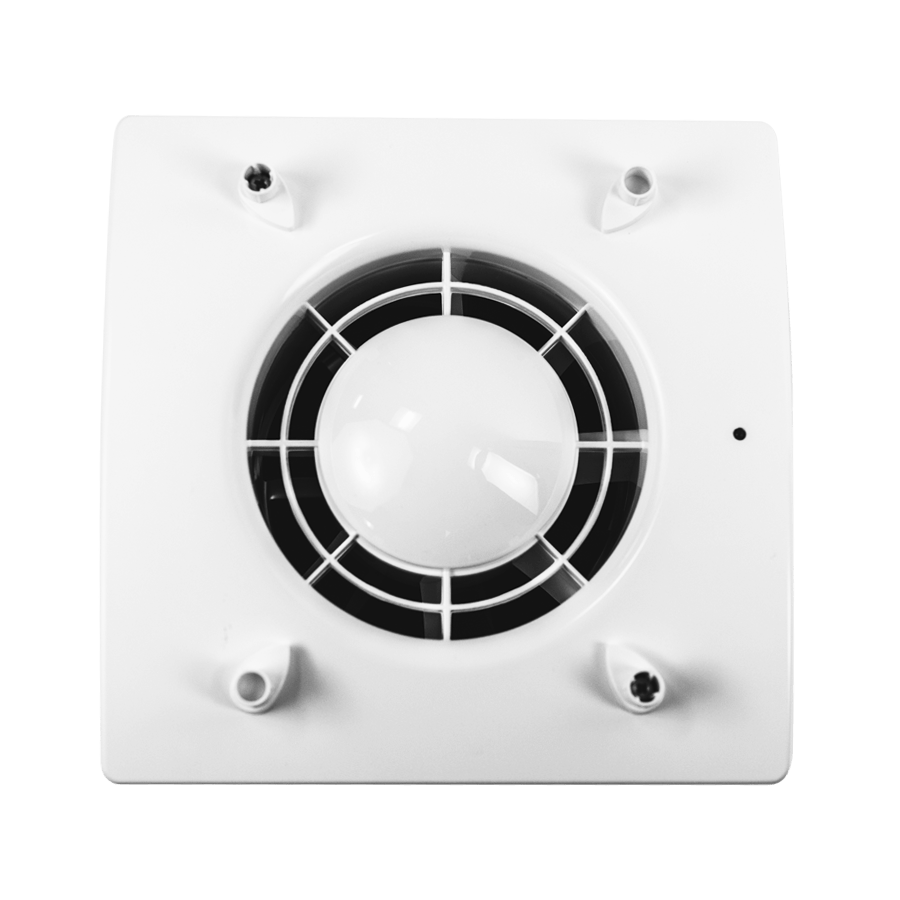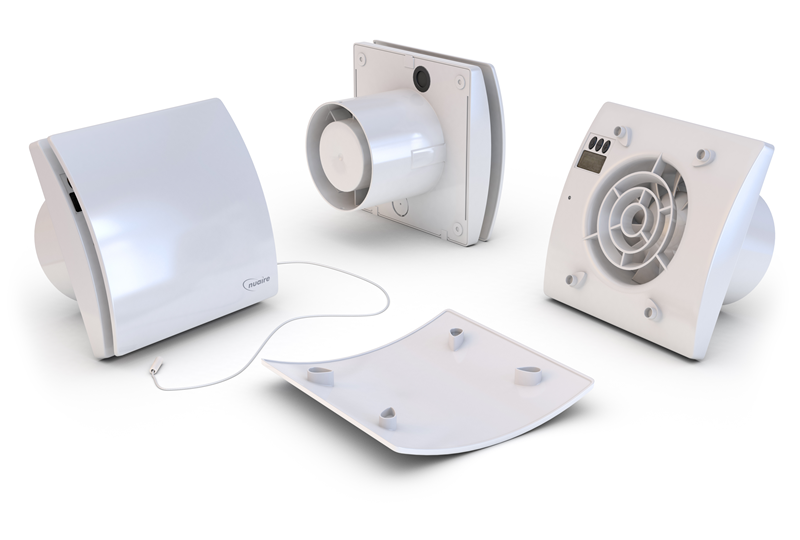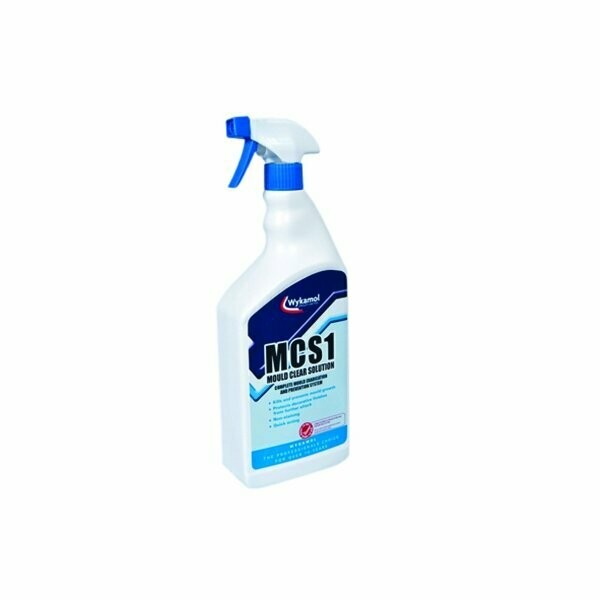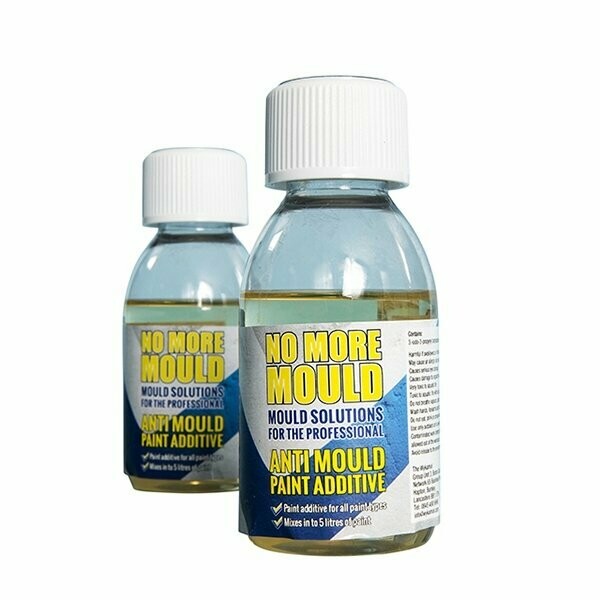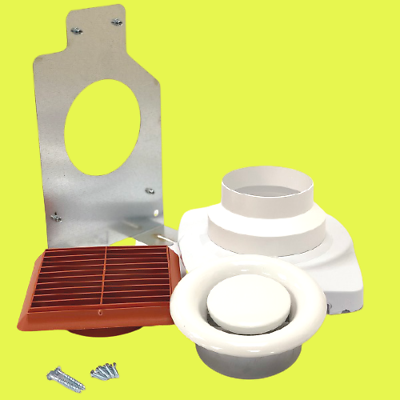Damp Problem
Damp Problem in A House
Throughout the year our homes have to deal with a massive amount of moisture and wind driven rain. Any construction defect or lack of maintenance can form a weak spot and allow moisture to seep in and destroy internal finishes as well as structural parts of the house. There are three main types of dampness found in a property which comes under the categories of rising damp, penetrating damp, and condensation. The most common form of dampness found in Ireland today is condensation dampness. This form of dampness has steadily been increasing over this last number of years due to a number of different reasons.
Rising damp
This form of dampness is really only found in properties built around the early part of the century and is usually not present in cavity wall houses unless the DPC has been breached by new paths, flower beds or new internal floors etc. With rising damp water is absorbed up through the foundation of the wall to around one meter in height. The wall acts as a wick absorbing the water from the ground. Crumbling plaster, rotten skirting board, salt deposits and a tide mark are associated with rising damp. But because the damp is coming from the ground does not mean it is always rising damp. Very often if there is mould growth along the floor above the skirting board it may well be from condensation. But it may also be from a plumbing leak or moisture transferring across the cavity and dripping down the internal wall. Missing insulation or poorly installed insulation can also cause conditions that resembles rising damp.
Penetrating damp
Penetrating damp is damp that travels across usually the exterior elements of a building and appears as a damp area on a wall or ceiling. The plaster work may be damaged by salts or mould growth may start appearing. Usually what appears to be dampness traveling across the external walls from leaking gutters or cracks in the wall can be condensation caused by cold bridging from the construction method used to build the house.. Damp areas on ceilings are usually caused by missing insulation in the attic space or in some cases it is moisture dripping off the roofing felt from excessive condensation in the attic space.
Other areas to watch out for are small plumbing leaks which have been dripping away for a very long period of time and can appear in different places than the location of the leak. Moisture can also travel across poorly sealed window and door frames or under the windowsill. Debris in the cavity and wall ties that are poorly installed can allow moisture travel across the cavity. Roof leaks especially in flat roofs can be hard to find and diagnose. New extensions and building renovations can be blamed for new areas of damp and mould growth. New external insulation installed poorly can also be a pathway for water ingress. Moisture around chimney breasts can be a sign of faulty roof flashing or pointing of the chimney stack. The building location and construction materials can play a factor in relation to damp problems. Parapets around flat roofs and the drainage system can become clogged.
Condensation
The third main area of dampness which is condensation can be taken for granted by many people as been the simplest form of dampness to find in a building and it is simply just water running down the wall of a kitchen or bathroom. The fact is that many people that have a high internal moisture content (condensation) do not know they have this problem because you do not need to have water running down the walls or windows. Mould will grow if the humidity is above 70% for several days. At 70% moisture content you may have very little visible condensation. All too often people replace or repair the area where mould is growing believing there is moisture ingress from penetrating or rising damp, only to find the issue coming back again. Quite often a considerable amount of money has been spent on the likes of new windows and insulation only to find out that the problem has got worse.
Recommended Products For Damp & Condensation Control
-
Envirovent PIV Loft Mounted Unit
SKU 00000Buy Now€586.00 €690.00Lowest price in 30 days: €690.00 -
Envirovent MIV Loft Mounted Unit
SKU 00001€720.00Buy Now -
Envirovent Inline Loft PIV Loft Mounted Unit
SKU 00075€790.00Buy Now -
S&P PIV Wall
SKU 00006€740.00Buy Now -
Envirovent Filterless NB Extractor Fan
SKU 00030Buy Now€208.00 €260.00Lowest price in 30 days: €260.00 -
Mori dMEV II 150HT Extract Fan
SKU 00016€220.00Buy Now -
Nuaire Faith dMEV Extractor Fan
SKU 00072€170.00Buy Now -
MCS1 Mould Clear
SKU 00026€18.00Buy Now -
MCS3 Fungicidal Additive
SKU 00011€15.00Buy Now -
Envirovent Inline Filterless Fan NB
SKU 00078€250.00Buy Now
We recommend taking our Thermal imaging and damp survey to establish where the damp is coming from and why. We see people who have had work done by well intention tradesmen trying to solve problems for clients but with little success. Without the right diagnostic equipment and training to do so it is impossible to find the correct solution. Also with finding a solution there is no one cap fits all solution as every house is different, occupied differently, and has different building defects.
Get in touch
Loughview Solutions
Drummullagh, Omeath
Co.Louth, Ireland, A91 PNH7
Tel. 042 937 5201
Email: info@loughviewsolutions.ie
Sectors
Quick Links
© 2023 Loughview Solutions. All Rights Reserved. Privacy Policy

